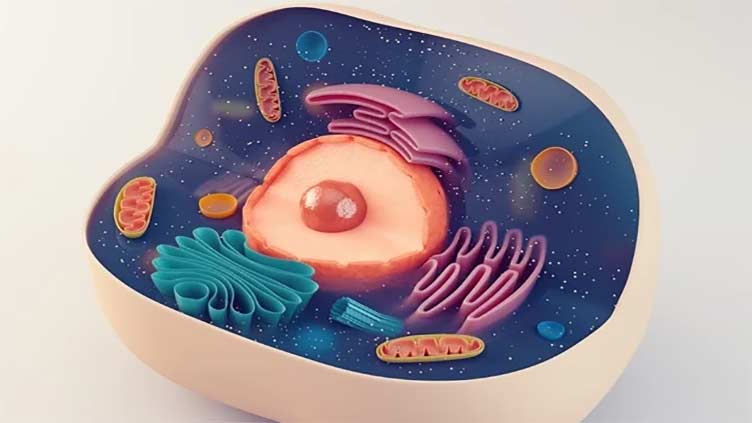Researchers develop a cell line to address the challenges facing cellular modeling of disease

Researchers develop a cell line to address the challenges facing cellular modeling of disease
ISLAMABAD, (Online)| - Bill Skarnes and team established and characterized a stable iPSC line, KOLF2.1J, to act as a high-quality baseline platform for modeling human disease.
About 15 years ago, researchers discovered a way to take an adult non-reproductive (somatic) cell and return it to a pluripotent or undifferentiated state. For example, a cell that was once part of the skin can be reverted to pluripotency. With the qualities that once made it part of the skin removed, the cell has the capacity to differentiate and divide into a variety of different cell and tissue types. This kind of cell, named induced pluripotent stem cells (iPSCs), give researchers a powerful tool to accurately model human disease.
iPSC lines have become essential for determining the underlying genetic drivers of human disease. Genomes of iPSCs can be easily edited using the bacteria-based CRISPR/Cas9 technology to introduce or correct disease-associated variants.
By focusing on one gene variation at a time, results of experiments have a clear genetic cause and effect to be easily compared to previous data.
What poses a challenge for accurate disease modeling is the inherent variation between iPSC lines, as well as the wide variety of cell lines used in research between institutions, creating unwanted obstacles in data interpretation.
A stable iPSC cell line
Jackson Laboratory (JAX) Professor of Cellular Engineering Bill Skarnes, Ph.D., and colleagues have developed a cell line to address the challenges facing cellular modeling of disease. The study, published in Cell Stem Cell, details genetic properties characterization of eight iPSC lines, with one rising above the rest.
The cell line KOLF2.1J proved to be an all-around well-performing iPSC line with high genomic stability in post-edited clones. Meeting all the criteria for cellular engineering research, KOLF2.1J can act as a stable foundation for modeling hundreds of genetic alterations relevant to Alzheimer’s disease, rare disease, cancer, and more.

